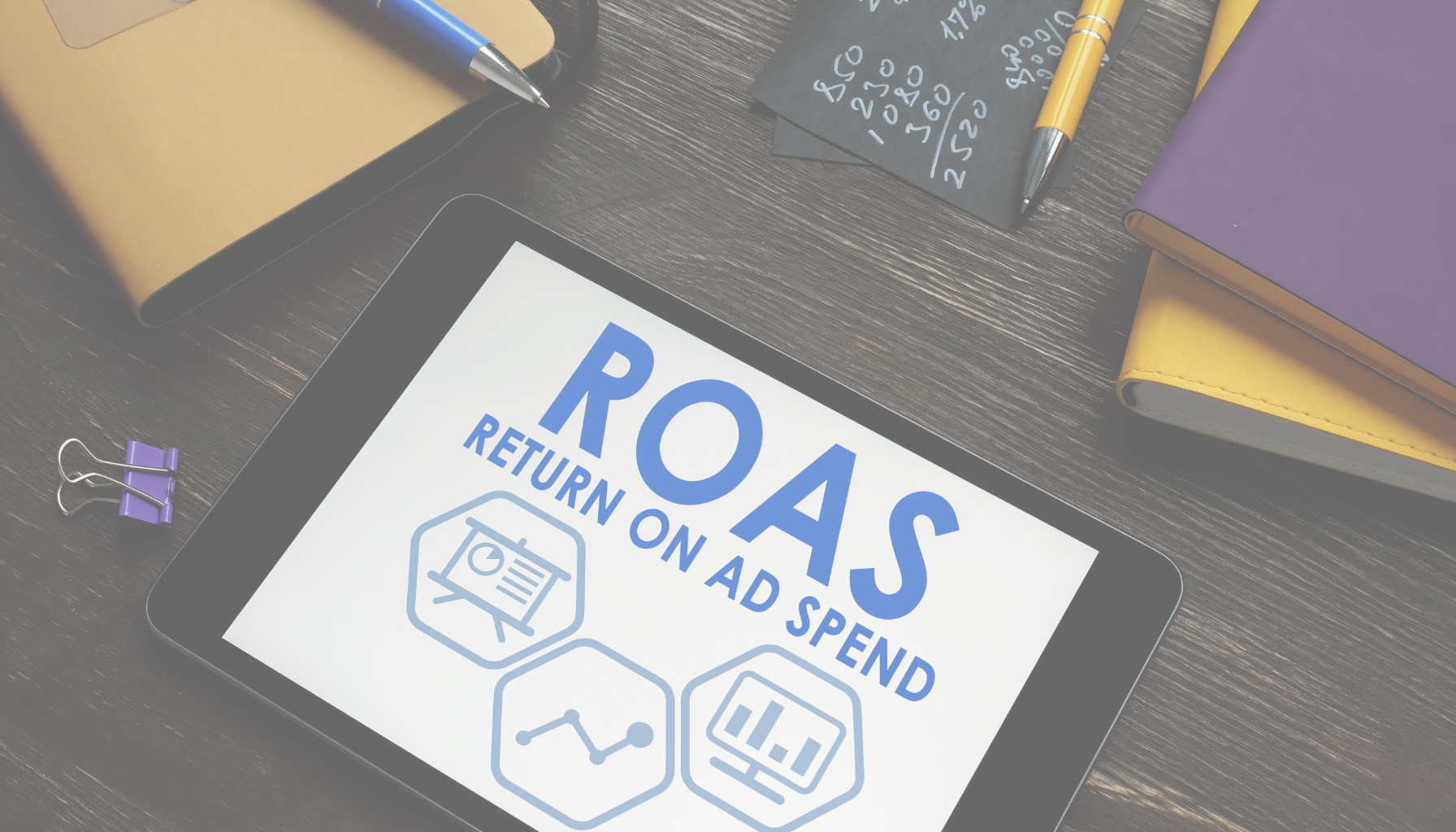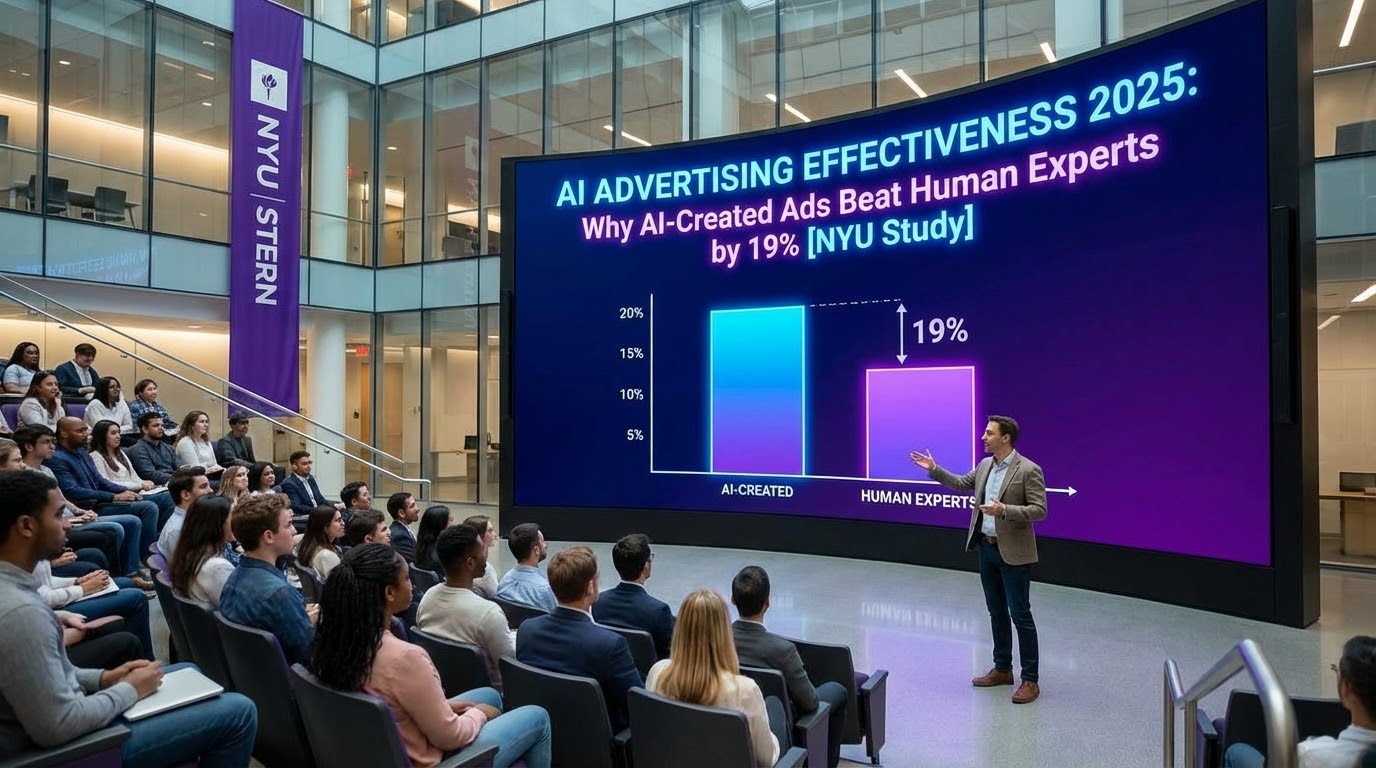
ROAS down? It's not always the fault of your campaigns
A drop in ROAS does not always come from your campaigns
When ROAS (Return On Ad Spend) falls, the first instinct is often to question advertising campaigns: targeting, budget, channels or strategy. But in an increasingly complex e-commerce ecosystem, this diagnosis can be misleading.
ROAS is a multifactorial indicator : it depends on both the quality of traffic, the post-click experience, the market, seasonality, and of course, the offer. Understanding the real causes of a decline is essential to avoid counterproductive adjustments.
1. Advertising fatigue and audience saturation
One of the most common — but often overlooked — factors is the advertising outbidding at the same audience.
- Have your customers seen the same visuals or messages too often? The Click-through rate collapses.
- The algorithms continue to show your ads, but theEfficiency decreases.
- It affects the cost per conversion, without the campaign having really changed.
To watch out for:
- Exposure frequency on Meta and YouTube
- Click-through rate (CTR) constantly falling
- Increase in CPM without improving results
2. Economic conditions and falling demand
Consumer behavior doesn't just depend on your marketing actions. It is influenced by macroeconomic factors:
- Inflation, rising rates, falling purchasing power
- Economic uncertainty or political instability
- New budgetary priorities on the client side (savings, constrained spending)
Even with optimized campaigns, if the intention to buy decreases, your ROAS will suffer mechanically.
📊 According to Fevad, 45% of consumers cut back on non-essential purchases during periods of inflation.
3. Price or offer changes
Another key element: The offer itself. If your prices increase or discounts disappear, this can directly affect:
- The average basket
- The conversion rate
- THEattractiveness compared to your competitors
In other words, a Decrease in ROAS may come from a gap between the advertising promise and the perceived reality on the site.
4. Season, weather, events... the contextual dimension
E-commerce performance is closely linked to seasonality And at external context.
Examples:
- A “garden furniture” campaign in the middle of a rainy August? Fewer clicks, fewer conversions.
- A boosted budget in January for a “Christmas gifts” category? Total discrepancy with the intention of the moment.
Without adapting your media strategy to these signals, you risk overinvesting at the wrong time.
5. The post-click experience is not up to scratch
Good targeting is nothing if the user arrives at a Page not performing well :
- Charging time too long
- Non-mobile-friendly landing page
- Unavailable products or incorrect information
- Lack of reinsurance or enhancement of the offer
As many conversion brakes that will penalize your ROAS without the campaign being in question.
→ To solve this problem, find out Smart Landing Page
6. Tracking or measurement problems
Finally, the Lowering ROAS can also be an illusion. Tracking errors — due to a bad implementation, a site update, or a consent problem — distort performance analysis:
- Conversions not reported in Google Ads
- Errors in setting the target ROAS
- Inconsistent attribution across tools
In this case, it is not your ROAS that falls... but its visibility.
How to react? A 3-step plan
Before cutting off your campaigns or changing their settings, take a step back:
- Check the overall health of your site : speed, availability, quality of the user experience.
- Analyze the external context : sector, season, economy, competition.
- Realign your strategy with what your customers are really looking for today.
*****
Is your ROAS falling? Maybe it's not the fault of your campaigns. In an increasingly volatile e-commerce environment, external causes can weigh heavily on advertising profitability.
Adopt a Systemic reading ROAS makes it possible to better manage your investments and identify real levers for improvement — beyond simple media optimizations.
Continue reading

Agentic AI and New Shopping Dynamics: Understanding the Rise of AI-Driven Shopping in 2026

AI Advertising Effectiveness 2025: Why AI-Created Ads Beat Human Experts by 19% [NYU x Emory Study]

Nano Banana Pro: Full analysis of the latest Google 2025 Image Generation Model
.svg)







